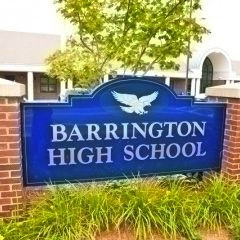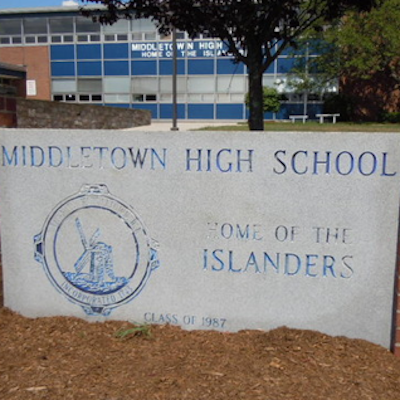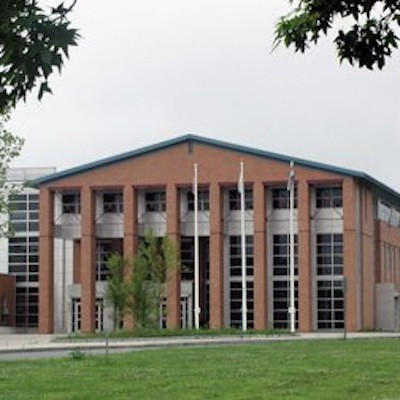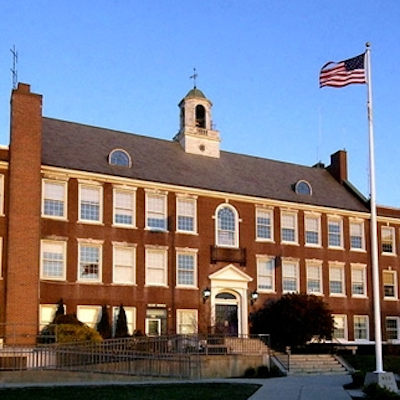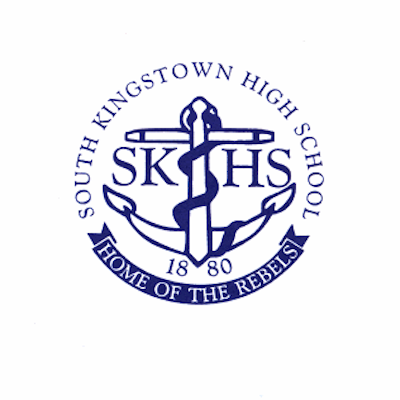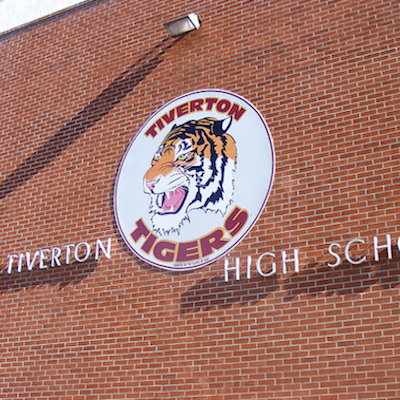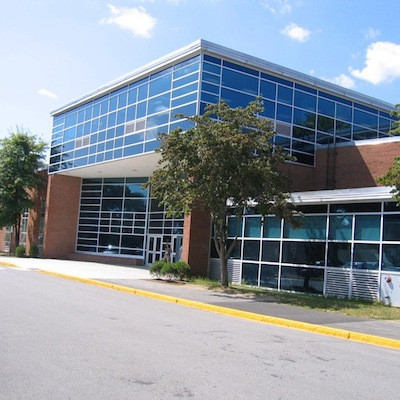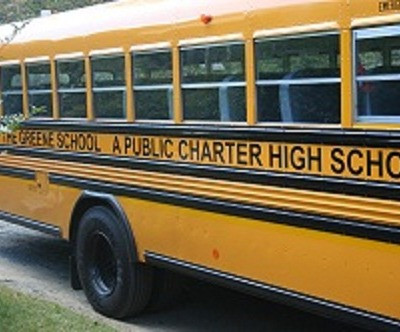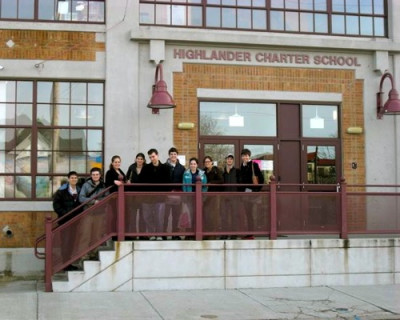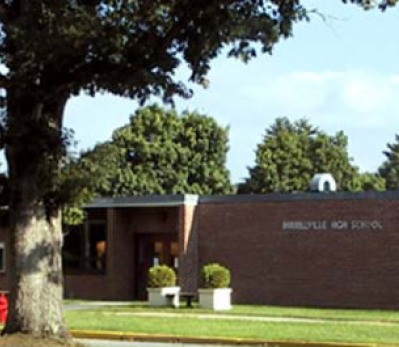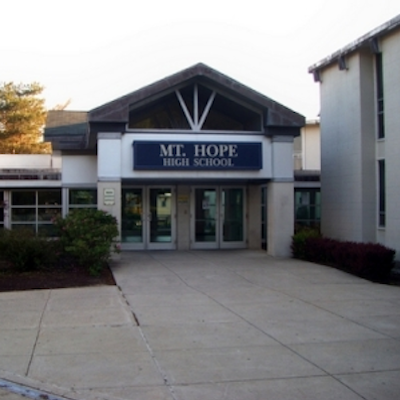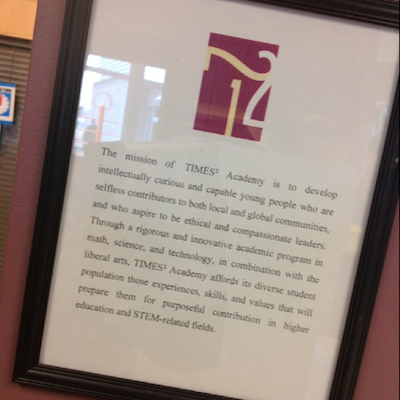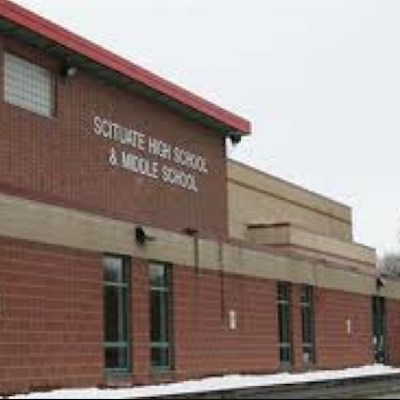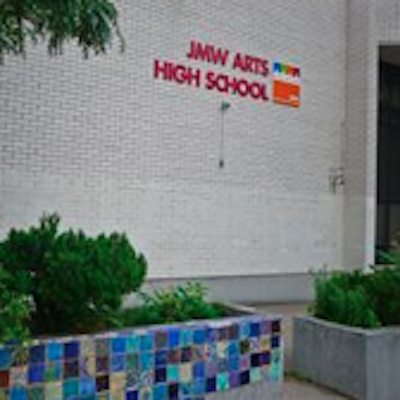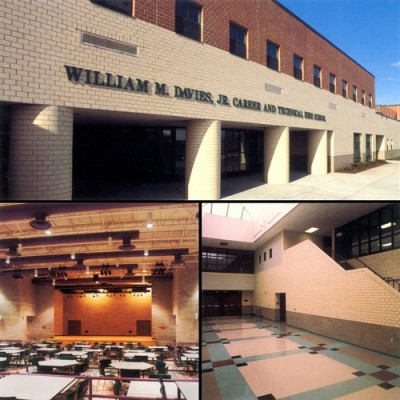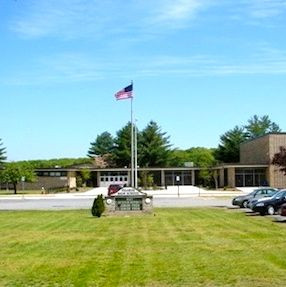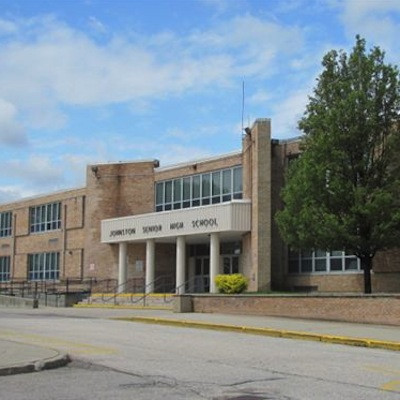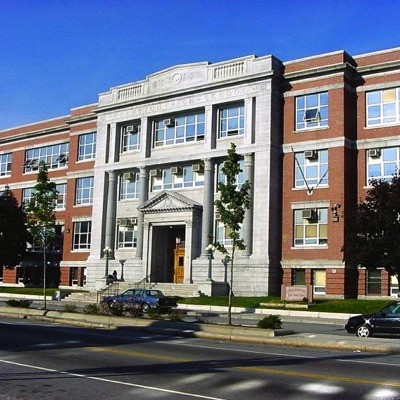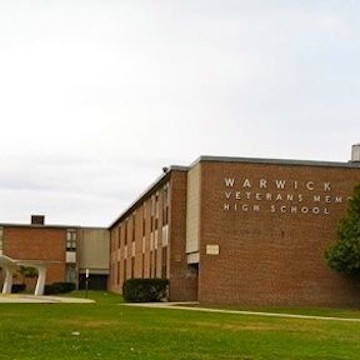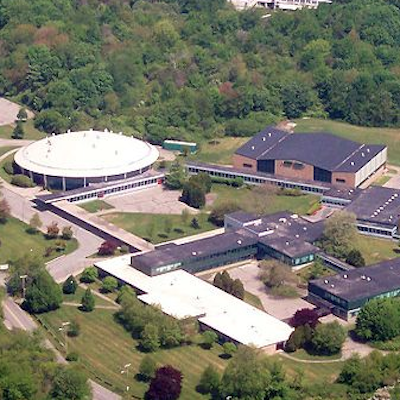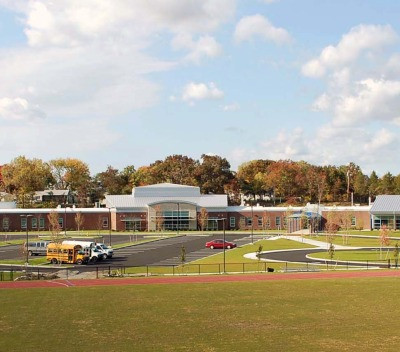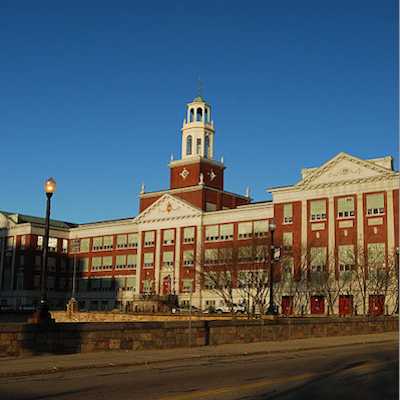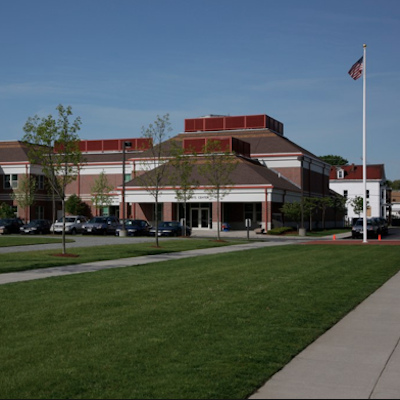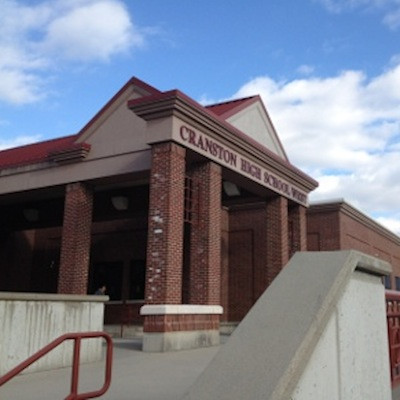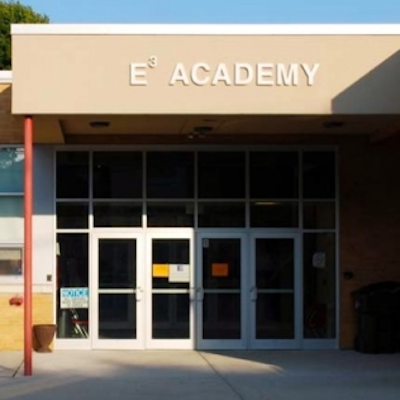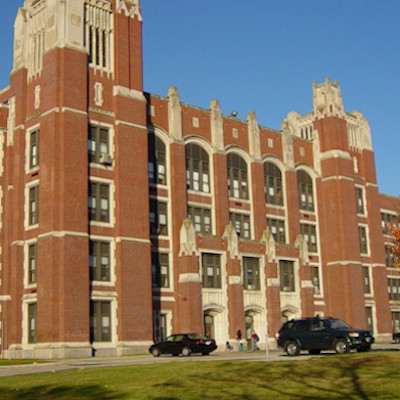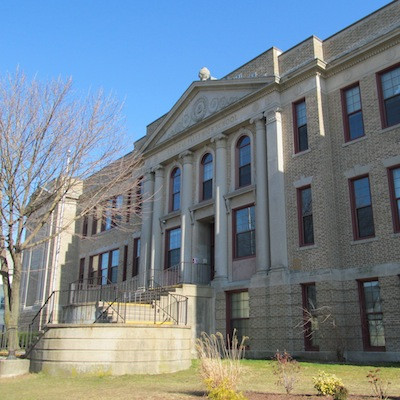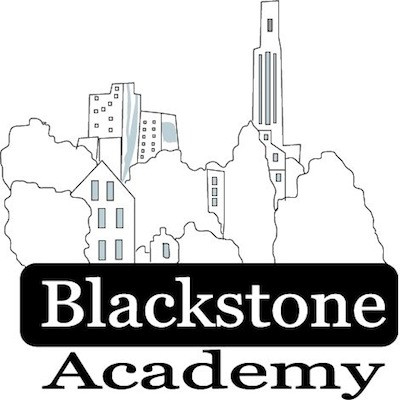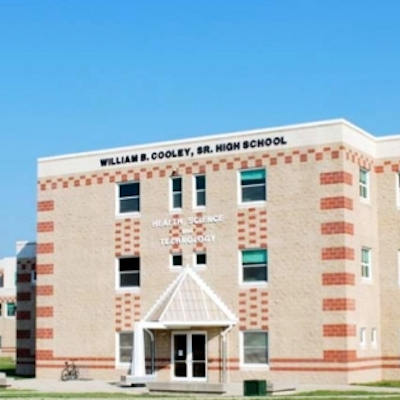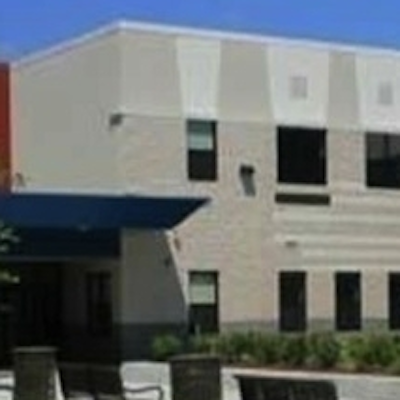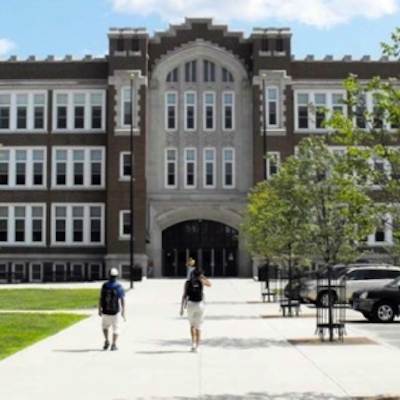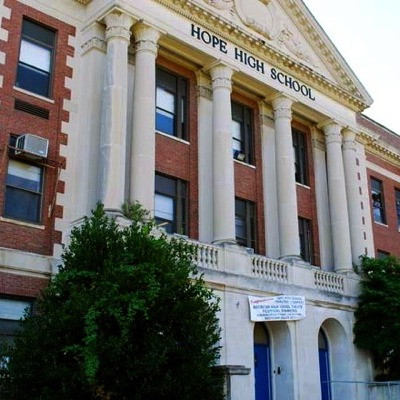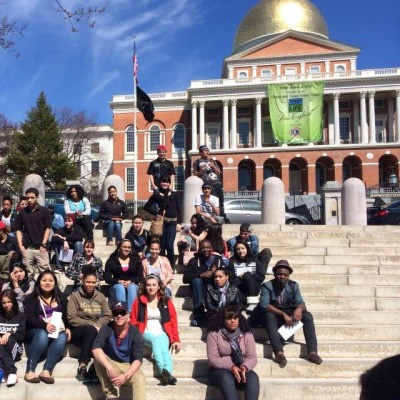The RI High Schools with the Most Absentee Students
Thursday, December 04, 2014
Nearly a quarter of all public high school students in Rhode Island were chronically absent in the last school year, missing the equivalent of nearly a month in school, state data reveals.
For some schools, chronic absentee rates were much higher. In four Providence high schools, half or more of the student body was chronically absent during the 2013 to 2014 school year. At Woonsocket High School, 47 percent of students repeatedly skipped school. At the Shea Senior High School in Pawtucket, 42 percent of students did.
“The data are startling,” said Julia Steiny, an education consultant who works for the Rhode Island Department of Education.
GET THE LATEST BREAKING NEWS HERE -- SIGN UP FOR GOLOCAL FREE DAILY EBLASTState educators define chronically absent as missing 10 percent of school days. At 180 mandated days a year, that usually comes out to 18 days.
“It’s alarming, right? So many kids are missing a month or more of school,” said Rebecca Boxx, the director of a community coalition Providence Children and Youth Cabinet, which has formed, in part, to shine more light on the issue.
Why do students skip?
The reasons high school students cut school are many and varied, educators and other experts say. Some students are falling behind and can’t get help they need. Some are preoccupied with kids of their own. Others find themselves bored at school, according to Steiny, who has studied much of the data. Health issues, particularly asthma, are another major factor, according to Providence Schools Superintendent Dr. Susan Lusi. Even if the student is not sick, sometimes the student may have to stay home to care for a relative who is, Lusi added.
In Cranston, 27 percent of students at Cranston High School East are chronically absent while Cranston West has a rate of 36 percent. One local school district official emphasizes the role demographic factors play in driving up absenteeism.
“According to our data, our students who live in poverty and who receive special education services are absent at higher rates than others, while students receiving English Language services are in school more than all other subgroups of students. Our girls are absent more than boys,” said Dr. Rosemary Burns, the district data coordinator.
“Research tells us that students living in poverty are often confronted with more barriers regarding transportation, health, and disruption due to family job insecurity. However, there is much more that we need to learn to understand the whys for all of our kids,” Burns added.
Absenteeism also follows a seasonal pattern, increasing during the holidays and winter months, when the weather throws up yet another obstacle to students who may already be struggling to get to school, according to Stephanie Geller, a policy analyst with Rhode Island Kids Count, which measures chronic absenteeism as one of many measures of childhood health and well-being in its annual Factbook.
Chronic absenteeism affects whole school
On a statewide basis, Geller said there is no data that would allow for a comparison of public high school students to their peers in other states. But on a city-to-city basis, she said Providence students do worse than their peers in Baltimore and larger cities in states like California and Utah.
Rhode Island has also taken a lead in addressing the problem, Education Commissioner Deborah Gist said in a statement.
“We want all of our students to be ready and eager to attend school every day, so Rhode Island has taken a leading role in efforts to reduce chronic absenteeism. As one of the first states to publish annual data on chronic absenteeism at the state and district level, we have been proud to see many of our school leaders taking on the challenge of improving attendance. We will continue to work this year with all of our school districts to examine data on attendance and to develop strategies to reduce chronic absenteeism,” Gist said.
It’s not hard to see why the numbers have educators so worried. “It’s obviously linked to achievement because if students are not in school, they’re not learning the material and they’re falling further and further behind,” said Elizabeth Burke Bryant, executive director at Rhode Island Kids Count.
“For us, it’s a warning sign,” Geller said. She pointed to chronic absenteeism is a predictor of the likelihood that a student will eventually drop out of high school all-together.
But it’s not just the individual student who suffers. Their repeated absence has an impact on their classroom and the broader school community, according to Steiny. “It eats badly into the student’s ability to perform but it also eats into the classroom and the school’s ability to deliver decent services,” she said.
In the classroom, chronic absenteeism “de-stabilizes” a classroom if a teacher has to constantly re-teach the material for those students who have had long absences, according to Steiny. Those students are also setting a bad example for others. “Not caring is kind of like a social disease,” Steiny said. “It’s contagious.”
Providence turns to busing, school competitions, and community
Local educators and advocates outlined a number of strategies they are pursuing to rectify what has only recently been identified as a growing problem.
In Providence, Lusi said school officials has identified transportation as a factor in absences at the high school level. The district once had a three-mile walk to school, meaning that students who lived within three miles of the building could not count a bus to get them to their classes. This year, the school board reduced the radius to 2.5 miles and the district will continue to try to reduce the distance, Lusi said.
Lusi said she and Mayor Angel Taveras have also made a concerted effort to promote the importance of attending school at every possible opportunity—that includes speeches at various school forums and meetings, appearances on local Latino radio, and even ads on RIPTA buses.
Another initiative is a national program known as Get Schooled, a national Web site that motivates students to show up to school through games, polls, inspirational quotes from celebrities, and competitions. Students can earn points and cash them in for rewards—like clothing, gift cards, and posters. Schools can also compete with each other locally and nationally for various prizes.
Sometimes the solution also comes in less tangible forms: “We need to make schools attractive and engaging places to come,” Lusi said.
The district is also reaching out to the community for help. “It’s a multifaceted issue, so the solution has to be multifaceted,” Boxx said.
The Providence Children and Youth Cabinet was formed in 2010 and numbers among its members parents, school district representatives, nonprofits, concerned residents, businesses, community organizations, and others. Among the first steps the coalition has taken has been simply to shed more light on the problem, through its newsletter to members and a Web site which tracks data on absenteeism and other factors, according to Boxx.
Student absenteeism, she said, is a problem that the whole community can and should address. She said the coalition is now focused on identifying ways its members can work with attendance teams at city schools to provide students with the support they need to make it to school.
On a citywide base, Providence has shown improvement. From 2011 to 2013, the chronic absentee rate among all high school students in the city went from 46 percent to 37 percent, Kids Count data shows. “We have seen progress but it is still an issue that we need to continue to work on,” Lusi said.
From business storefronts to YMCA, Cranston casts a wide net
In Cranston, educators have taken a similar approach, engaging with local businesses ranging from Sodexo, the company that provides meals for students, to the YMCA to encourage students to attend school, according to Burns.
It all falls under the umbrella of what the district is calling its Attendance Counts! campaign.
“The campaign began by supporting school leaders across the city with research about chronic absence and with their own data. We provide principals and newly formed data teams with common quarterly reports that show absenteeism patterns in a variety of ways, and identify every student who is chronically absent,” Burns said.
Next, Burns said the district formed a 35-member task force comprised of school administrators, teachers, and students, who “planned and initiative dozens of activities, gatherings, and incentives” during the first month of this school year, in an effort to raise awareness of the problem and motivate students to come to school.
Everyone is being asked to play their part. School staff at all 23 city schools are being armed with instructional tools to help them “teach attendance.” Students are encouraging their peers to login into the GetSchooled site. Sodexo is posting a message on its school lunch menus reminding students to “eat a good breakfast, a healthy lunch and come to school on time and every day.” Local store owners are being briefed on how to look out for students who may be cutting class. And the YMCA is offering free summer memberships to students with perfect attendance records.
Burns says those efforts are paying off.
“We have just completed analysis of our Fall Quarter 1 data from last year and this year. The findings are truly inspiring. What we found is that the percentage of students absent dropped by 11 percent at the high schools, by 14 percent at the middle schools, and by 23 percent at the elementary schools. We believe that this truly demonstrates the power of community collaboration. And, that there is great power in telling children and families that we care and that their presence in school is appreciated, every day,” Burns said.
The charter where nearly 90 percent are chronically absent
Among the data, one school stands out for an exceptionally high rate of chronic absenteeism, the Nowell Leadership Academy, where 89 percent of students at its Central Falls campus and 87 percent at its Providence location were chronically absent last year. (That’s out of a total of 154 students.)
In a way, those figures are high by design.
“The Nowell Leadership Academy opened in the fall of 2013 at these two urban sites, specifically to address the needs of at-risk students. Over half of our students are over 18 years of age, and the majority are pregnant or parenting. All of our students are transferring in from another public high school in the state; most have attended three or more schools in the last five years,” said Jodi LaFauci, the Head of School.
“In some ways, when you ask “what are you doing to fix it?” the existence of the school is an answer to a statewide issue of chronic absenteeism,” she added.
The school has an innovative approach to tackling the problem. LaFauci described it this way: “We have a year-round model, where we are open for 220 days, for 12 months a year, where students can come on Saturdays and where students have 24/7 access to online course work. Our school’s approach is designed to provide a strong educational foundation to those students who have the most difficulty in attending school and balancing school with work and family obligations.”
For a problem that has many causes, chronic absenteeism in Rhode Island certainly is not suffering for a diversity of solutions—or those willing to help out, for that matter. “Our core message is that it’s going to take all of us to get to the results we want to see for our kids,” Boxx said.
Related Slideshow: The RI High Schools with the Most Absentee Students
Below are the rates of chronic absenteeism for public high schools across the state. Figures are taken from the InfoWorks database maintained by the Rhode Island Department of Education. As the state defines it, a student has become chronically absent when he or she has missed 10 percent of the school year. With a 180-day mandated school year, that comes out to at least 18 or more days of missed school. Data is for the most recent academic year, 2013 to 2014.
Related Articles
- The Most and Least Diverse High Schools in Rhode Island
- CHART: Rhode Island’s Top High Schools 2013 From #1 to #49
- Coming Tuesday: The Top High Schools in Rhode Island 2014
- New England’s Top 50 Public High Schools: Rhode Island Runners-Up
- The Top 50 Public High Schools in New England
- The Link Between Schools + Home Values—RI’s Top High Schools 2013
- Reactions To Rhode Island’s Top High Schools 2013
- How White Is Your School: The Most Diverse High Schools in RI
- Who Moved Up + Down: Rhode Island’s Top High Schools 2013
- CHART: The Most and Least Diverse High Schools in RI
- In Case You Missed It: Top High Schools in Rhode Island 2013
- In Case You Missed It: New England’s Top 50 Public High Schools
- The Top High Schools in Rhode Island 2013
- How White is Your School? The Most Diverse High Schools in RI
- Methodology: RI’s Top High Schools 2014
- CHART: Rhode Island’s Top High Schools 2014 From #1 to #47
- See RI’s Top High Schools for 2014
- How White is Your School? The Most Diverse High Schools in RI
- Methodology: The Most and Least Diverse High Schools in RI
- The RI High Schools with the Most Suspensions
- The Top High Schools in Rhode Island 2014
- In Case You Missed It: The Worst Behaved High Schools in RI
- CHART: The Most and Least Diverse High Schools in RI
- The RI High Schools with the Most Depressed Students
- The Worst Behaved High Schools in RI









